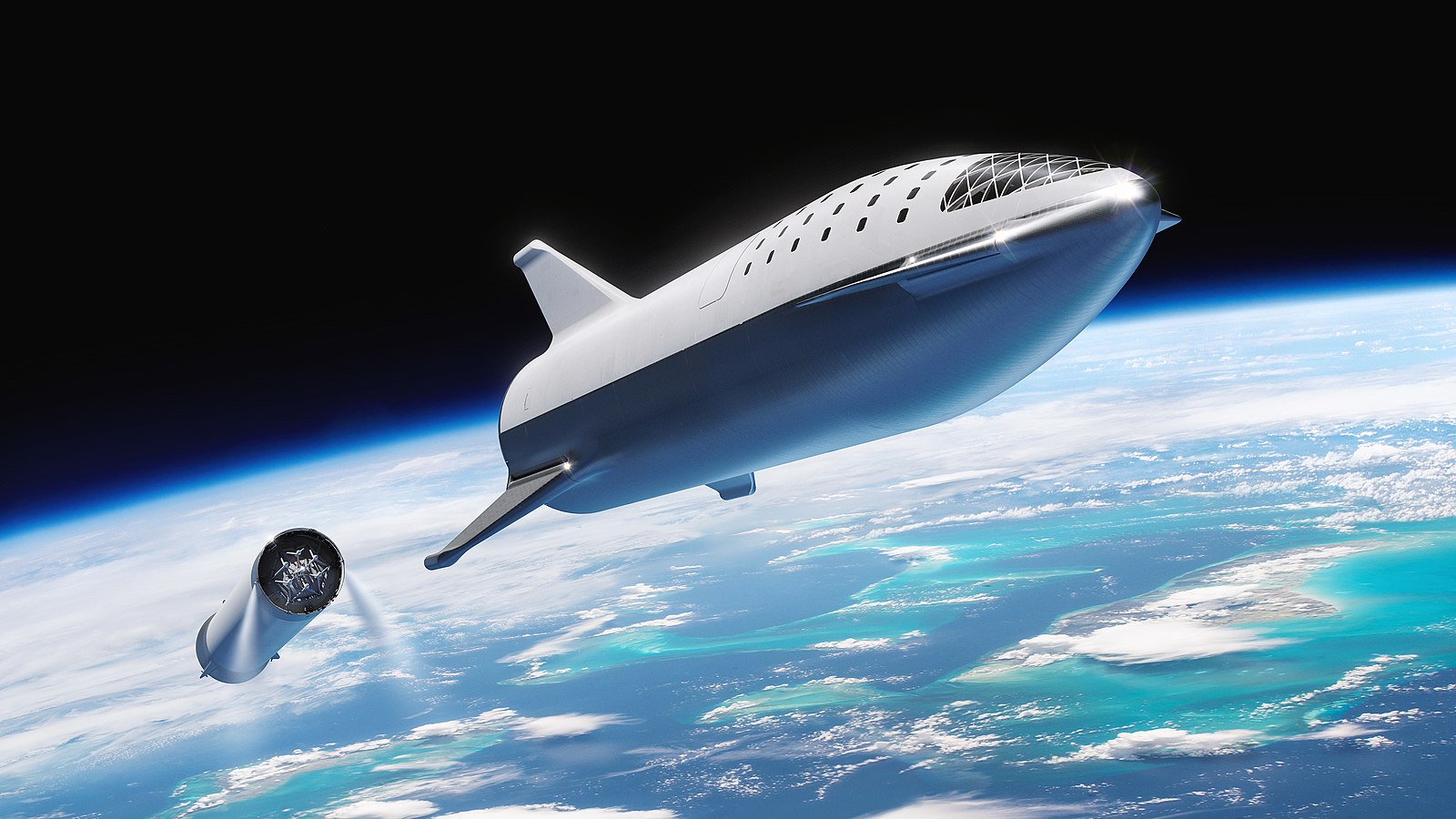SpaceX Starship launch.jpg

Part 3 of 3 Parts (Please read Parts 1 & 2 first)
Engelund did say that methane might be a better coolant than water. However, he pointed out that when hydrocarbon fuels such as methane are exposed to very high temperatures, the carbon atoms can stick together and turn into a solid material. This would definitely block the tiny holes used in transpirational cooling. Any impurities in liquid fuels could also clog holes. A possible solution these problems might be to have many more holes than theoretically required.
Once the Starship reached Mars and landed, the find sand and dust on Mars could clog the cooling holes. Engelund said, “Inspection and certification, in general, would be a thing of a concern for a large-scale active system like that — particularly at Mars, where you don't have access to a big gantry or towers to climb up and inspect. I suppose you could use drones. Maybe that's something he's thinking about.”
Musk usually provides full details of his designs for spacecraft, but he has not yet done so for the Starship. He promised that he would provide such details for the Starship following a successful test of a prototype system being built at SpaceX facilities in Texas. It is not clear exactly how much testing SpaceX has actually done on his transpirational-cooling design concept. If the concept does not prove itself in tests, Musk has shown that he is able to adapt innovative designs that have failed in the past. A SpaceX representative said in an email that “We are using the same rapid iteration in design approach that led to the success on the Falcon 1, Falcon 9, Falcon Heavy, and Dragon programs.”
Engelund is skeptical that Musk will be able to successfully construct, launch and land such a big and innovative spacecraft as the Starship. He told an interviewer that "Large-scale entry, descent, and landing is something that NASA has been challenged by for decades. We've spent a lot of time and given a lot of thought to how we might do it at Mars. We've landed the metric-ton Curiosity rover — that's the biggest thing we've ever put down on the surface of Mars." He said that the jump from landing a car sized robot on Mars to landing a skyscraper sized spacecraft filled with human beings may not be possible in the near future as Musk envisions. Such a landing is “a couple orders of magnitude" — roughly 100 times — more difficult than the Curiosity landing, which is arguably one of the hardest things we've ever done at NASA. It won't be easy for us or SpaceX.”
SpaceX has challenged any comparison between landing NASA Curiosity rover and their Starship. A SpaceX representative said, “Curiosity was pushing the limits of 1970's Mars [entry, descent, and landing] technology including a specific parachute-based EDL. We are taking an entirely different approach, leveraging what we have done with Falcon 9, and have ample opportunity to demonstrate it on Earth prior to flying to Mars.”
As creative as the new SpaceX designs for their Starship are, no space technology expert has said that the designs violate any engineering principles. However, as the old saying goes, “In theory. there is no difference between theory and practice, in practice, there is.”